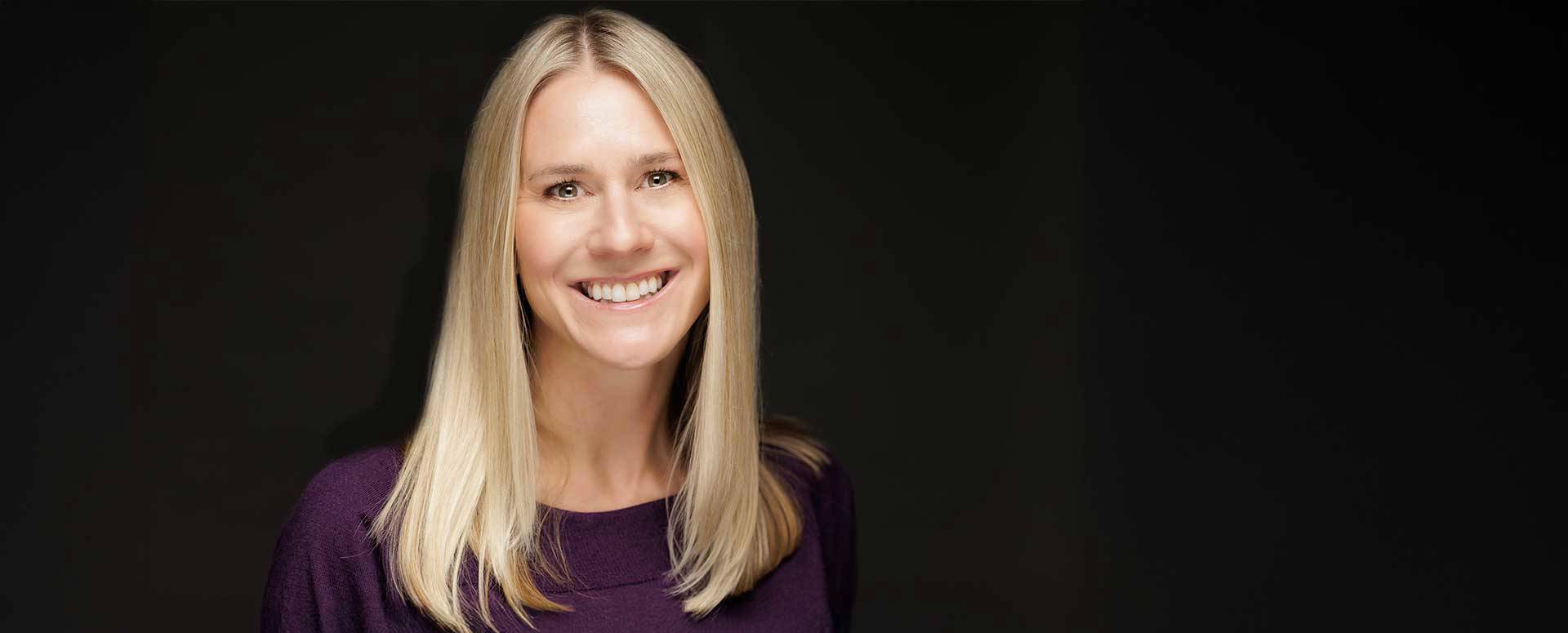
Lynne Peeples
Science Journalist & Author
Lynne Peeples
Science Journalist & Author
Biography
Lynne Peeples is a speaker and science journalist. Her recent book, THE INNER CLOCK: Living in Sync with Our Circadian Rhythms, explores how circadian science can help us sleep better, feel happier, and improve our performance, productivity, and overall health.
Her writing has appeared in The Guardian, Scientific American, The Atlantic, TIME, and other publications. Peeples herself has appeared on television and radio shows including MSNBC, NPR Fresh Air, and BBC News.
Before becoming a journalist, she crunched numbers as a biostatistician for HIV clinical trials and environmental health studies. Peeples holds master’s degrees in biostatistics from the Harvard School of Public Health and in science journalism from New York University. She is also a recipient of an MIT Knight Science Journalism fellowship.
Speech Topics
Timely Business Tools
Lynne Peeples shares strategies to improve the health and happiness of employees while boosting productivity and performance – e.g., benefits of letting employees set their own schedules according to their chronotypes; best times of day to schedule meetings; optimal office lighting; health effects of shift work and means to mitigate those consequences.
Circadian Edge in Sports
Lynne Peeples discusses the use of circadian lighting in locker rooms and during travel, and other jet lag-mitigating tools; how to identify players’ chronotypes and peak performance times, and the benefits of matching those times with competition times; why it might make sense to manipulate rosters or even hack inner clocks via strategically-timed light to line up those times, and the added benefits of pairing athletes according to chronotype for lodging; how leagues have created an uneven playing field with certain teams disproportionately crossing more time zones, accruing jet lag, and playing at off-peak times; considerations and solutions for student-athletes – e.g., especially in light of changes to collegiate athletic conferences with former Pac-12 teams now traveling cross-country to play in Big Ten and SEC.
Circadian Medicine
Lynne Peeples speaks to a range of audiences – such as research labs, pharmaceutical companies, clinics, pharmacies, and hospitals – about the translation of circadian science. Emerging science warns that we may be losing potentially effective drugs (and lots of money) during preclinical and clinical trials by not considering time of day. The science now also tells us that timing procedures, vaccines, and other treatments could significantly improve effectiveness and decrease side effects. What’s more, optimizing shift work schedules could improve the wellbeing of healthcare workers and the outcomes for patients.
Light Justice
Daylight is more than just a luxury. Circadian science shows how crucial it is for our health and wellbeing. The same goes for darkness at night. Yet vulnerable populations are regularly deprived of both. Lynne Peeples discusses how and why we should address “daylight deserts” and “darkness deserts” as part of broader equity efforts, and incorporate them into urban planning and architecture. She can also review the history of light being weaponized against people of color.
Circadian Classrooms
Lynne Peeples speaks at teacher conferences, school boards, prep schools, and PTAs about the detrimental impacts of early start times in middle/high schools and windowless classrooms, as well as the potential benefits of sun-mimicking LED lighting and revising standardized testing times. She can relay success stories. She can also highlight how our lack of consideration of circadian rhythms has exacerbated inequities in schools.
Environmental Sustainability/Circadian Agriculture
Environmental groups, agricultural scientists, farmers, and others could gain a lot from leveraging circadian science. Lynne Peeples covers tactics to produce greater yields, reduce inputs of water and chemicals, and help crops withstand extreme conditions. Applications may also keep fruit and veggie clocks ticking longer – e.g., cycled LED lighting in refrigerators. Even dairy farmers could use a range of circadian tools, including tunable lighting and timed milkings, to keep their cows healthier and produce larger quantities of milk. They might even separate day and night milk to create specialty products – e.g., “night milk” with higher levels of sleep-promoting melatonin.
Lessons From 10 Days (and Nights) in a Cold War Bunker
Lynne went 50 feet below ground in a Cold War-era missile silo, where she lived for 10 days without daylight, clocks, or other humans. She emerged with many lessons about what makes us tick, why our inner clocks easily get ticked off, and how we can rescue our rhythms to live happier and healthier.

)
)
)
)